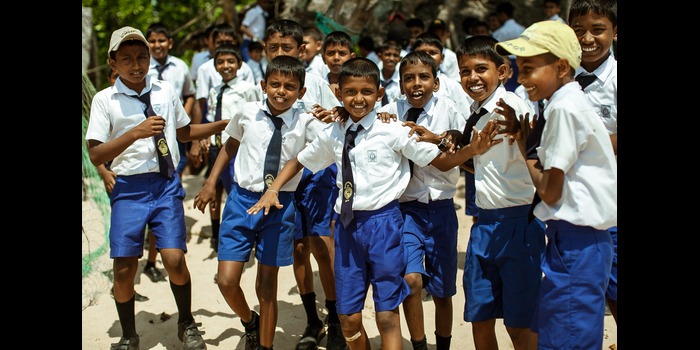89 Lakh Students Lose Scholarships in India
Share

The total of around 8.9 million Scheduled Castes, Scheduled Tribes, and Other Backward Classes beneficiaries of central and state scholarships has seen a considerable drop. Teachers, politicians, and activists have expressed great concern about this. Millions of pupils who had relied on these scholarships to keep their education have been barred according to data from last few years. The program raises worries that more problems than solutions have resulted from Aadhaar integration and digital gateways.
For many years, scholarships for OBC, ST, and SC group pupils have been very instrumental in promoting educational equity in India. Increasing their attendance is achieved by reducing financial burden and keeping children from low-income homes from dropping out of school, university, or other education. Scholarships for tuition, support, and Among the pre-matric and post-matric support the programs want to provide are other scholarly expenses. A lot of families’ choices on whether their kids ought to pursue further education or start working young might be influenced by these scholarships.
Still, the steep decline in recipients points to a problem with the execution process. According to experts, the chief impediments are the growing reliance on online portals, biometric authentication, and Aadhaar-based identity. The intended goal of employing technology to hasten the process, curb corruption, and ensure that deserving students get the benefits has been quite different from the real experience. Many times, students in distant, rural areas find access to the internet difficult since they lack the infrastructure needed for thorough digital verification. Technical problems with the portals have sometimes led to rejected, delayed, or incomplete applications—in effect denying deserving people.
Another major barrier is the close aadhaar connectivity. Although most current government welfare initiatives depend on Aadhaar, pupils often see inconsistencies between the data on their Aadhaar cards and their actual knowledge gleaned from administrative or school files of lives. Applications have been immediately rejected even for small errors in date of birth, spelling, or other identifying data. Because of administrative hurdles already present for underprivileged students, correcting these errors is a time-consuming and expensive process that stops many from even trying to reapply.
Teachers and parents find digitizing irritating as it has complicated rather than simplified the process of applying for scholarships. Formerly, applicants had to submit their forms either at local welfare agencies or through schools; personnel members were given the freedom to solve little problems at their own discretion. The lack of flexibility and reliance on automated systems are now excluding real students. Advocates of education believe that this decline reflects millions of youngsters who may be forced to give up or sacrifice their education rather than only a quantity. Their resources control their education.
Besides its larger effects on social justice, we also worry over the fall in beneficiaries. The Post-Matric Scholarship and other grants for SC and OBC pupils show the government’s long-running dedication to education as a means for empowerment and inclusion. Achieving this aim was especially helped by the Pre-Matric Scholarship for ST pupils. A reduction of around 8.9 million beneficiaries undercuts the actual aim of these programs, which also raises the possibility of aggravating the injustices. between the underserved and the good learning opportunities available in society.
Policy experts argue that while technology can be quite useful in eliminating intermediaries and boosting transparency, it shouldn’t come at the expense of accessibility. One must strike a compromise between inclusion and effectiveness. They back hybrid systems combining online techniques with offline help to reach pupils possibly facing digital issues. Municipalities, neighborhood centers, and schools might be given the power to act as facilitators, guiding pupils across the complex internet and making sure their needs are addressed. Scholarships are not threatened by technological problems.
The drop also fits a time when the National Education Policy gives inclusivity and equal educational opportunity top importance. Intentional technical hurdles that keep students from disadvantaged backgrounds from getting scholarship help threaten the aims of the policy. The students impacted are both immediate and extraordinary in their effects. Many students will find it difficult to pay for their education without financial assistance since tuition, books, clothes, and travel are all pricey, hence dropout would result. particularly for girls and for pupils from rural areas, rates should rise.
The subject has sparked a more general debate on the protections provided for the digitization of welfare systems. Though the aim was to improve accountability, the system appears to have overlooked those who most needed help. A drop in the number of scholarship recipients might compromise decades of advancement in educational inclusiveness and erode poor people’s trust in federal support programs. No quick corrective measures are put into action. The astounding 89 lakh fewer beneficiaries reminds us that efficiency should not come at the expense of justice.








